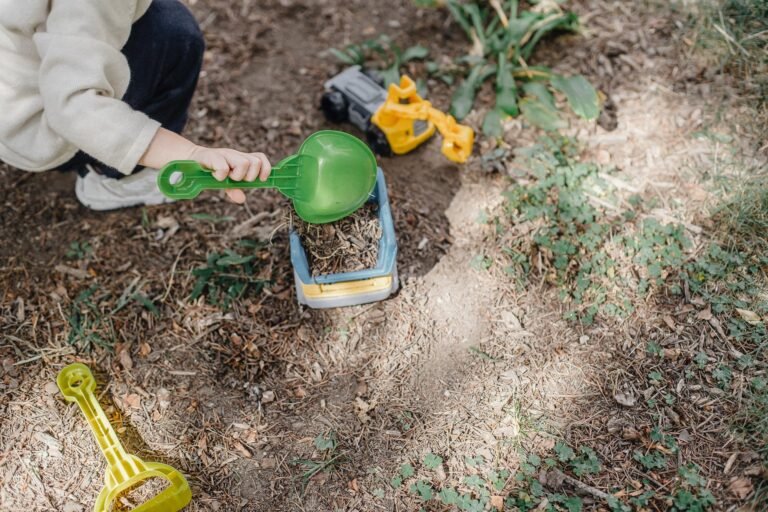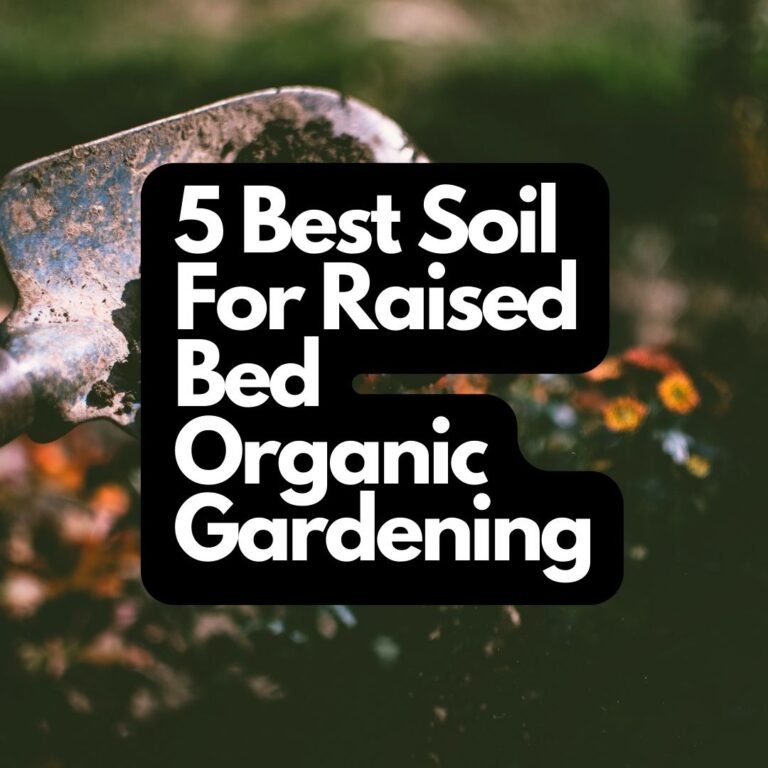Search Below For New Gardening Tips and Tricks with Practicals
10 Steps To Organic Gardening In Containers
Learning how to grow plants in containers is not only easy, but you can also do it for free.
Introduction to Organic Gardening
Organic gardening is a process of growing plants without the use of synthetic fertilizers or pesticides. It is a more natural and sustainable way to garden and can be done in any type of container. Here are the steps to organic gardening in containers:
- Choose the right container. The size and type of container you choose will depend on the plant you want to grow. To avoid waterlogging, ensure the container includes drainage holes.
- Fill the container with an organic potting mix. This mix will provide nutrients for your plants and help retain moisture. You can find organic potting mixes at most garden centers or online.
- Plant your seeds or start in the potting mix. Water them well and place them in a sunny spot.
- Keep an eye on your plants and water as needed. Be sure to check the soil before watering, as too much water can drown your plants. When it’s time to fertilize, use an organic fertilizer that won’t harm beneficial insects or other wildlife.

Container Gardening Basics
- Container Gardening Basics
Container gardening is a great way to get started with organic gardening. It is simple, easy to control, and doesn’t require a lot of space. All you need is a container (or multiple containers), potting mix, and plants.
Before you start, it is important to choose the right container for your garden. The size of the container will determine how much space your plants have to grow.
You also need to consider the material the container is made from. Some materials, like plastic, can retain heat and may not be ideal for all plants. Others, like terracotta, can dry out quickly so you will need to water them more often.
Once you have chosen your container, it is time to fill it with potting mix. Be sure to use an organic potting mix that has been enriched with compost or other nutrients. This will give your plants the best chance to thrive.
Now it is time to add your plants! When choosing plants for your container garden, be sure to pick ones that are suited to the conditions in your area.
If you live in a hot climate, choose heat-loving plants like tomatoes or peppers. If you live in a cooler climate, choose plants that prefer cooler temperatures like lettuce or spinach.
Once your plants are in the ground, water them well and give them plenty of sunlight. Check on them regularly and water as needed to keep the soil moist but not
Types of Containers
When it comes to gardening in containers, there are a few different types of containers that you can choose from. Some of the most popular types of containers include:
-Plastic pots: Plastic pots are one of the most common types of containers used for gardening. They are typically very affordable and come in a variety of sizes.
-Clay pots: Clay pots are another popular option for gardening. They are often slightly more expensive than plastic pots but offer a more traditional look.
-Wooden barrels: Wooden barrels make great containers for gardening and can add a unique touch to your garden. They can be expensive, but they will last for many years.
Elements of a Successful Container Garden
- Start with a clean, sterile pot: Wash your pot in soapy water and rinse well. You can also sterilize it with a diluted bleach solution.
- Pick the right size pot: Choose a pot that’s big enough for your plant’s roots but not too big. A too-big pot will hold too much moisture and could lead to root rot.
- Use high-quality potting mix: Avoid using garden soil in your pots, which can compact and become waterlogged. Instead, use a high-quality potting mix designed for containers.
- Water wisely: Water your container garden regularly, but don’t overdo it. Check the soil before watering to make sure it’s dry several inches down. And be careful not to let the water sit in the saucer under the pot, as this can lead to overwatering.
- Fertilize regularly: Feed your plants every two weeks or so with a balanced liquid fertilizer diluted according to package directions. Slow-release granular fertilizers can also be used, and applied according to package instructions.
Planning the Garden
- Planning the Garden
When it comes to organic gardening in containers, the first step is to plan your garden. You’ll need to decide what plants you want to grow, how many containers you’ll need, and where you’ll put them. Once you have a plan, you can start shopping for the right supplies.
- Preparing the Containers
The next step is to prepare your containers. This means cleaning them out and adding some holes for drainage. You may also want to add a layer of gravel or sand to the bottom of each container to help with drainage.
- Planting the Seeds or Starts
Once your containers are ready, it’s time to plant your seeds or start. Make sure you plant them at the correct depth and water them well. Then, place your containers in a sunny spot and wait for your plants to grow!
What to Put in the Garden: Vegetables and fruits
If you are looking to start an organic garden, there are a few things you need to take into consideration. One of the most important things is what type of vegetables and fruits you want to grow.
Not all vegetables and fruits are created equal, and some do better in certain conditions than others. Here is a list of some vegetables and fruits that do well in gardens:
-Tomatoes: Tomatoes are one of the most popular vegetables to grow in gardens. They do best in full sun and well-drained soil.
-Peppers: Peppers come in many different varieties and can be grown in both sunny and shady areas. They prefer well-drained soil.
-Eggplants: Eggplants need full sun and well-drained soil. They are sensitive to cold, so make sure they are not planted too early in the season.
-Squash: Squash needs full sun and well-drained soil. They can be planted early in the season, but make sure they have enough warmth to thrive.
-Beans: Beans can be grown in both sunny and shady areas. They prefer rich, loamy soil that is well-drained.
-Corn: Corn needs full sun and rich, loamy soil that is well drained. It is a warm-weather crop, so make sure it is not planted too early in the season
Managing the Garden and Harvesting
Organic gardening in containers is a great way to get started with organic gardening. With a few simple steps, you can have your own organic garden in no time.
- Managing the Garden and Harvesting:
To get the most out of your organic garden, it is important to properly manage it. This includes regular watering, fertilizing, and pest control. It is also important to harvest your crops on a regular basis. By doing so, you will ensure that your plants are getting the nutrients they need and produce a plentiful harvest.
Conclusion
Organic gardening in containers is a great way to get started with organic gardening. It is simple, easy, and does not require a lot of space. With these 10 steps, you will be well on your way to having a successful organic garden in containers.
8 Reasons Why Take Your Cat For A Walk
- 6 Fertilizers for Organic Gardening
- How To Control Garden Pests Without Using Chemicals
- 10 Tips For Every Home Gardener
- 5 carrot gardening tips
- 6 gardening tips for potatoes
Discover more from Gardening with Ecorganicas-Source for Organic Gardening Tips
Subscribe to get the latest posts sent to your email.








